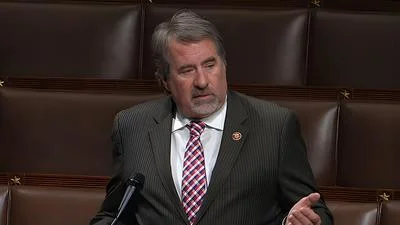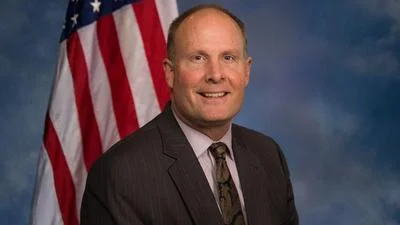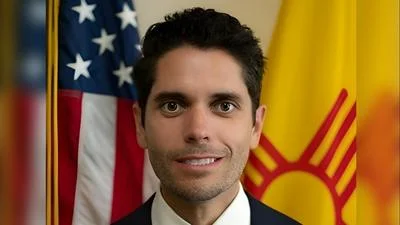Mexican drug cartels that engage in human trafficking are extending their reach into Oklahoma, according the spokesman and educational officer for the Oklahoma Bureau of Narcotics, Mark Woodward.
An estimated 403,000 people are currently being trafficked in the United States, according to Rescue America, a nongovernmental organization. That’s the number of people— many of whom are smuggled into the country– who have been coerced into performing services in the form of sexual exploitation or forced labor.
In Oklahoma, over the past five years since medical marijuana was legalized, criminal pot growers have moved into the state, often employing undocumented individuals from China, according to Woodward.
Typically, poor Chinese immigrants are smuggled into the nation willingly in the hope that they can pay off their debt to cartels or smugglers by laboring on illegal marijuana farms in the state, Woodward said.
“The problem becomes that the debt never ends, and that’s a form of debt bondage,” Woodward said in an interview with Federal Newswire. “That’s a form of human trafficking we do see quite a bit.”
Those who work on illegal marijuana farms live in deplorable conditions, including overcrowded trailers with no plumbing and little food, Woodward said. Victims often get into these situations, including sex trafficking, by choice “but when they want out, they can’t get out,” he said.
“There are just a lot of different types of coercion and fear and fraud that are used to manipulate someone’s activities,” Woodward said, adding that tens of thousands of undocumented people are working on marijuana farms in Oklahoma.
There are thousands of these illegal farms in the state, and they can produce marijuana more cheaply than similar grow operations in California or New York, according to Woodward. He estimated that a pound of marijuana grown in Oklahoma can be sold for $3,900 in New York, which translates to $78 million per semi truck.
According to Rescue America, the number of people being trafficked in the nation amounts to one of every 800 residents. “There are more trafficking points of sale in America than there are Starbucks,” the group reports.
Despite the enormity of the problem, Woodward said about 300 victims have been rescued in Oklahoma.
“We’ve shut down a number of residential brothels where the women at these locations were actually prostitutes who were forced into it,” he said. “... We’ve had a lot of victories that get people out of these bad situations and gives them some hope.”
But one of the biggest problems is that victims often don’t see themselves as such, because they’re groomed into their situations – that is, a sense of trust is developed between the controller and the worker that’s hard to break, according to Woodward, who has taught thousands of drug identification classes for the general public and law enforcement.
“It’s not like somebody at the border puts a gun to their heads and says, ‘Get into this truck and go to Oklahoma,’” he said.
In Oklahoma, the cooperation among federal, state and local officials and service providers is strong, according to Woodward. But having more agents, investigators and shelter spaces for victims would be helpful to deal with the growing problem, he said.
Oklahoma also has effective human trafficking laws modeled after states that are successfully combating such crimes, according to Woodward, who has helped draft scores of drug and money-laundering laws.
The end of the COVID-19 pandemic led to a relaxing of border restrictions and more people being smuggled into the United States from different nations, including those in the Middle East and Central America, he said.
“It has really escalated over the last six to seven years,” Woodward said.





